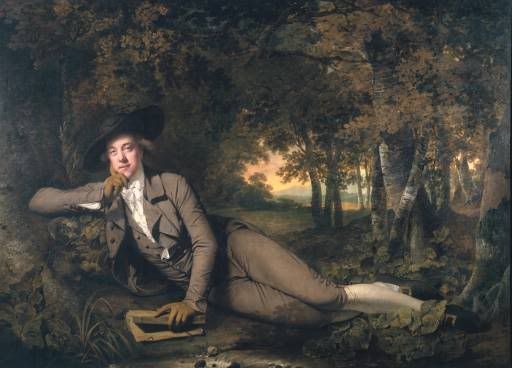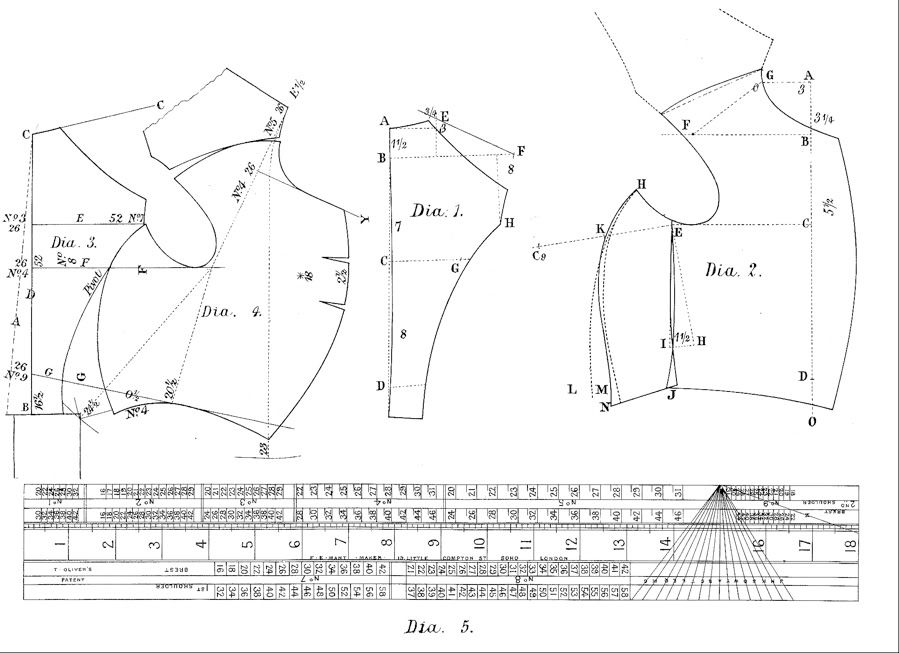Thank you for that. That is absolutely fascinating! This is turning into a very rewarding thread - indeed boarding on being absolutely revelatory.arch wrote:In classical architecture there are strict rules governing proportion and the classical orders. Most 19th century architecture was either classical in origin or gothic.
They are based on human proportion, from which evolved the golden section. Le Corbusier used his own system of proportion Le Modulor, which was an updated version, again based on anthropomorphic data.
I have often read how the aesthetic principles of 19th century tailoring were modelled on Classicist principles. It is now absolutely crystal clear to me that the cutters of that time were striving to make their profession one that belonged alongside architecture and classically inspired sculpture.
Here is what Henry Wampen writes:
I went as a student to Berlin, to complete my studies. I took great interest both in art and philosophy, and a question was then much discussed whether the Grecian ideal of beauty was simply ideal or founded upon scientific bases? In reading up this question I was induced to measure certain statues, and I came to the conclusion that the Grecian sculptures worked on scientific bases. I had made some rough drawings of parts of the body and their sections. These lay on my table. One day a tailor who worked for me, a Mr Freitag, came to try my clothes on; he saw my sketches on the table, when he said, 'You are just the man we want; you must write something for us tailors'. I thought what nonsense, how can I, a simple student, write anything interesting or instructive to tailors. I must here explain to you that in consequence of our endeavours to instruct our people, there was a general upheaval and a desire for progress in art, science and trade. A prize was offered for the best essay on the subject, and this it was my tailor, Mr Freitag, insisted that should compete for. He brought me a variety of books on the subject. some very good, others indifferent, but I gleaned something from all. I sent in my composition, and to my surprise gained the prize. I was highly complimented by some. others thought very little of my essay. This was how I came to write upon and study the art of draping the human figure.
Heinrich Wampen was largely forgotten in German after he moved to London where he made his reputation publishing on the application of anthropometry to cutting as "Dr Henry Wampen, PhD, Professor of Mathematics". He may well have been the model for the character Diogenes Teufelsdröck in the novel by Carlyle (notice the classicist reference in the rather Greek sounding first name of this character). However, this clearly establishes a strong relationship between Classicism in architecture and in tailoring.
This was very much part of the Zeitgeist of the time. Take a look at this 1781 painting of Sir Brooke Boothby by Joseph Wright of Derby in the Tate Gallery, London:

http://www.tate.org.uk/britain/exhibiti ... rooke.shtm
At this period there was very much a swing away from the fully draped artifice of mainstream court dress with its extravagantly embroidered silks towards a more naturalist cutting style. Although the painting well pre-dates Beau Brummell (thus putting lie to the idea that a natural, clean cut style of tailoring originates with him) the brown coat and pantaloons are cut to bring out the natural contours of the body rather than to drape it unnatural artifice. Furthermore, the subject is placed lying recumbent in a naturalist setting. The final coup is the book in his hand: Rousseau Juge de Jean-Jacques which he had recently edited. Rousseau is, of course, the very theorist par excellence of the doctrine of the Natural Man. Wright's manner of dress reveals a man well ahead of his time - indeed decades ahead of Brummell.
http://www.cutterandtailor.com/forum




